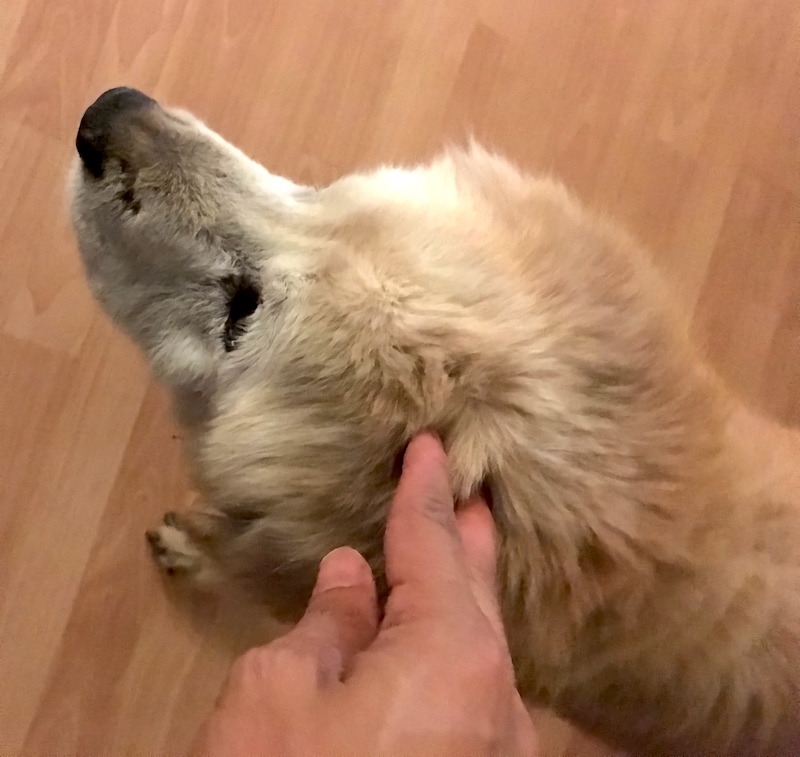Shadow, Chance, Sassy

February 13, 2018
by Bryan
One of my favorite movies growing up was Homeward Bound (I think it is on Netflix). In the movie the owner of three household pets, two dogs and one cat, gets married and begins a new job in San Francisco, CA. As the owner relocates, he leaves his three companions on a ranch with extended family to take care of them. Drama unfolds, however, as Chance, a disobedient American Bulldog, begins to entertain the idea that they have been collectively abandoned to reside on this ranch till dog heaven. As the film progresses, both Shadow, the older and wiser Golden Retriever (I also named my first dog shadow!), and Sassy, a Himalayan cat, also begin to grow worrisome regarding the status of their owners.
From there, the three animals go on a rollercoaster journey, venturing into the thick of the Sierra Nevadas, following their instincts in a search for “home.” They encounter waterfalls, grizzly bears, porcupines, even incurring a few injuries along the way. Throughout it all, they they learn to band together through obstacles, trying to find their family.
Throughout this week, I have been thinking about Homeward Bound, dogs, and what gives a place meaning. I guess from an early age the idea of “home” fascinated me (as well as the love for dogs). Within our fast-paced culture driven by career changes from company to company, shifting communities, and wanderlust travels, I feel like home could easily get lost in experiences.
For one of our readings in OT 545: Advanced Seminar in Occupational Science, we read an article written by Ruth Zemke, one of our leaders in occupational science, who called for occupational therapists to consider what transforms a “space” into a “place” (Zemke, 2004). Zemke illuminates the distinction between a space and the unique meaning required to reinvision it into a place.
What are the important places in my life? What are the meaningful places in my patients’ lives? What makes a house a home?
As I sprint into halfway through my final semester of the entry-level master’s program here in the Chan Division, I am learning to reap the fruits of our curriculum emphasizing not only the clinical knowledge and therapeutic intervention as part of our patients’ recovery, but also the mindfulness and reflective thinking to understand them throughout that process. We as occupational therapists are gifted an opportune season in a person’s life in which life roles, physical abilities, and considerations of meaningful occupations might be transitioning, oftentimes starkly. Within these unstable moments, our reflections on an often ephemeral view of home might be the very incitation for us to take that next step forward. Maybe our therapy gyms or even hospital rooms can feel like much more than just space.

Shadow as a puppy

Shadow as an adult
⋯
Next by tag Life Hacks ⟩ What are OS/OT? ⟩
⋯





